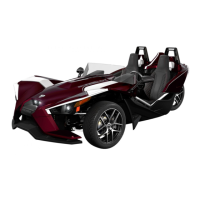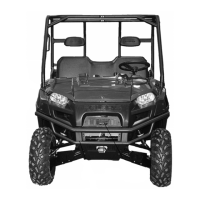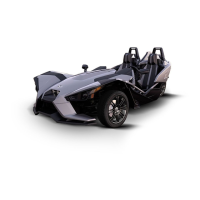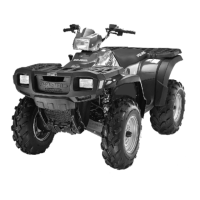What to do if my Polaris Motorcycle battery charging rate is low or the battery discharges quickly?
- GgwilliamsJul 31, 2025
If your Polaris Motorcycle's battery is discharging or has a low charging rate, start by checking and cleaning the battery cable connections and the charging circuit connections. Also, avoid using accessories too much when the engine isn't running. If the problem continues, it may be due to an improperly wired accessory causing current draw, or key OFF current draw when the motorcycle is not in use. In these cases, it's best to consult a dealer to check the charging system output and current draw.






